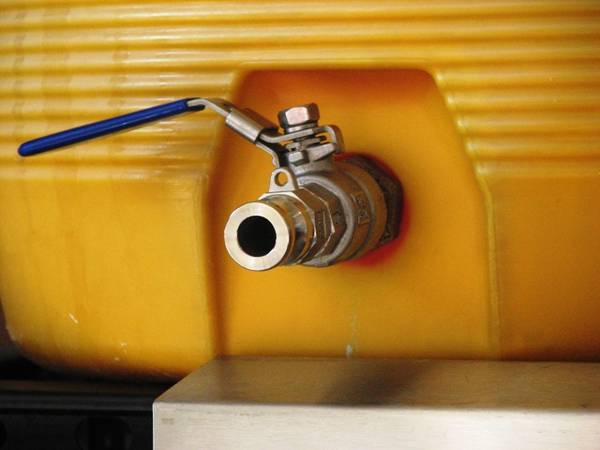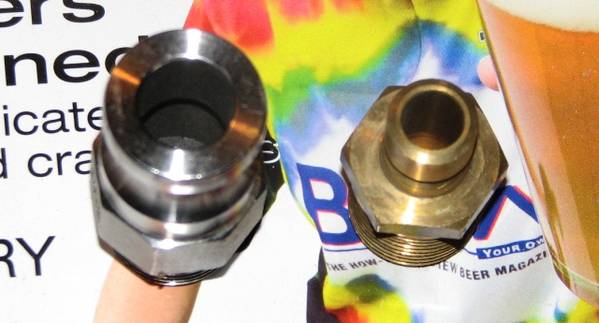ajwillys
Well-Known Member
Now that is nice looking. Love the patch panel!



Plus they just look cooler










What are peoples thoughts on the Polypropylene camlocks from Proflow? They are very cheap and i wouldn't think they would get as hot as the stainless. Any reason not to use them?
Polypropylene Couplings are manufactured from acid resistant 20% glass reinforced Polypropylene. Max temperature for PolyPropylene is 160 degrees farenheit.
I suspect the concerns for wearing out the arms is based on how snug the fit starts out. I believe the seals are BunaN and they're pretty firm. I swapped one of them out for a silicone oring and the arms engage with much less force.
Of course the big question is if it still seals well and I'll answer that when I get them all installed on my rig. The stock configuration is probably rated at a much higher pressure than we need so getting them to seat with less force which still holding a seal is my priority.
Given my use of silicone tubing, I'm going to be using plain old 1/2" threaded nipples as hose barbs and I might grind the threads off the hose end to slightly reduce the OD a bit. I bought one of the camlock females with the barb and it's obscenely restrictive. I wouldn't recommend them at all.
I didn't notice a massive restriction on the female barb set..... hrm
Do you have a source for those?a 5/8" barb with 1/2" NPT thread would be best.
The ID of the barb is way smaller than it needs to be because if I recall, the largest OD of the barb (the actual barbed part) is 1/2" and the valleys are deeper than they need to be. If your tubing has stretch, as it should since one should use silicone, a 5/8" barb with 1/2" NPT thread would be best.
Do you have a source for those?
So does anybody have a source for those?I think you're right, a 1/2 male pipe thread to 5/8" hose barb threaded into the QD.

You don't have to see a difference in the picture. The real stats as measured on my kitchen counter with a dial caliper.
ID of the camlock built in barb: .32"
ID of the male part of the mcmaster brass QD: .355"
ID of an aftermarket 1/2" hose barb I have: .385"
ID of a 5/8" barb: .47"
ID of a standard 1/2" pipe nipple: .56"
I also measured the OD of the camlock barb at .465" so if you wanted to maintain 1/16" wall thickness, you can't drill it out at all.
I was able to stretch 1/2" ID silicone tubing over 1/2" NPT with a little cursing. It might just work to clamp it onto the threads of the type B fitting.
This isn't to say you won't get enough flow or a flow you're happy with. I just don't want anyone to specifically "upgrade" from the mcmaster brass ones to the camlocks strictly to reduce restriction. You can't get there. I'm especially concerned about people seeing wayne's picture here and thinking, wow, so much better flow!